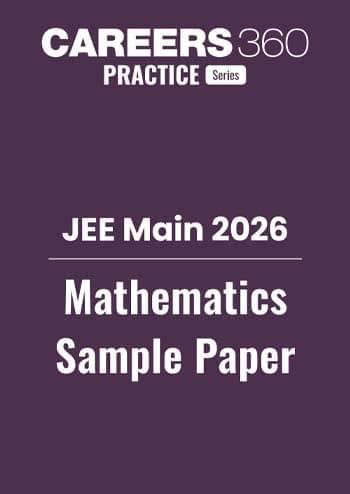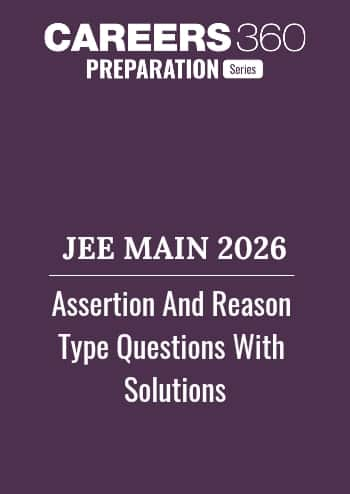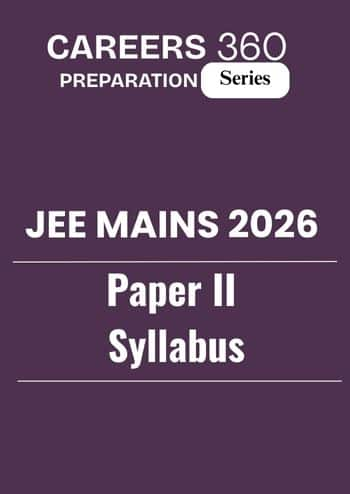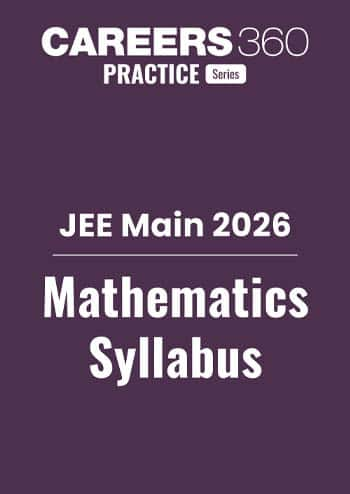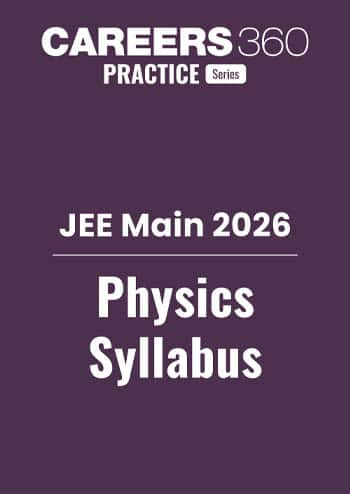Equation of a plane passing through three non collinear point - Practice Questions & MCQ
Quick Facts
-
23 Questions around this concept.
Solve by difficulty
Equation of plane passing through points (0,0,0), (1,-1,1) and (2,2,-2)
Let $S$ be the set of all real values of $\lambda$ such that a plane passing through the points $\left(-\lambda^2, 1,1\right),\left(1,-\lambda^2, 1\right)$ and $\left(1,1,-\lambda^2\right)$ also passes through the point $(-1,-1,1)$. Then S is equal to:
A plane meets the coordinate axes in A,B and C such that the centroid of the triangle ABC is the point (p,q,r) find the equation of plane
JEE Main 2026: Official Website | Top 30 Most Repeated Questions
JEE Main Sample Papers: Physics | Chemistry | Maths
JEE Main QP & Mock: Previous 10 Year Questions | Chapter Wise PYQs | Mock test Series
JEE Main Most Scoring Concept: January 2025 Session | April 2025 Session | Overall
Solution of x-3y-2z=0, 2x-y+4z=0, x-11y+14z=0 is
Concepts Covered - 1
Let A, B, and C be three non-collinear points on the plane with position vectors $\overrightarrow{\mathbf{a}}, \overrightarrow{\mathbf{b}}$ and $\overrightarrow{\mathbf{c}}$ respectively.
The vectors, $\overrightarrow{A B}=\overrightarrow{\mathbf{b}}-\overrightarrow{\mathbf{a}}$ and $\overrightarrow{A C}=\overrightarrow{\mathbf{c}}-\overrightarrow{\mathbf{a}}$ are in the given plane. Therefore, the vector $\overrightarrow{A B} \times \overrightarrow{A C}$ is perpendicular to the plane containing points $\mathrm{A}, \mathrm{B}$ and C.

Let P be any point in the plane with a position vector $\overrightarrow{\mathbf{r}}$.
Therefore, the equation of the plane passing through OP and perpendicular to the vector $\overrightarrow{A B} \times \overrightarrow{A C}$ is
$
\begin{aligned}
(\vec{r}-\vec{a}) \cdot(\overrightarrow{\mathrm{AB}} \times \overrightarrow{\mathrm{AC}}) & =0 \\
\text { or } \quad(\tilde{\mathbf{r}}-\tilde{\mathbf{a}}) \cdot[(\tilde{\mathbf{b}}-\tilde{\mathbf{a}}) \times(\tilde{\mathbf{c}}-\tilde{\mathbf{a}})] & =0
\end{aligned}
$
This is the equation of the plane in vector form passing through three non-collinear points.
Cartesian Form
Let (x1, y1, z1), (x2, y2, z2) and (x3, y3, z3) be the coordinates of points A, B and C respectively.
Let P(x, y, z) be any point on the plane.
Then, the vectors $\overrightarrow{P A}, \overrightarrow{B A}$ and $\overrightarrow{C A}$ are coplanar.
$
\begin{aligned}
{\left[\begin{array}{ll}
\overrightarrow{\mathrm{PA}} & \overrightarrow{\mathrm{BA}} \\
\overrightarrow{\mathrm{CA}}
\end{array}\right] } & =0 \\
\left|\begin{array}{ccc}
\mathrm{x}_{-}-\mathrm{x}_1 & \mathrm{y}-\mathrm{y}_1 & \mathrm{z}-\mathrm{z}_1 \\
\mathrm{x}_2-\mathrm{x}_1 & \mathrm{y}_2-\mathrm{y}_1 & \mathrm{z}_2-\mathrm{z}_1 \\
\mathrm{x}_3-\mathrm{x}_1 & \mathrm{y}_3-\mathrm{y}_1 & \mathrm{z}_3-\mathrm{z}_1
\end{array}\right| & =0
\end{aligned}
$
which is the required equation of the plane.
Intercept form of the equation of a plane
Cartesian Form
The equation of a plane having intercepting lengths a, b, and c with X-axis, Y-axis, and Z-axis, respectively is
$\frac{\mathrm{x}}{\mathrm{a}}+\frac{\mathrm{y}}{\mathrm{b}}+\frac{\mathrm{z}}{\mathrm{c}}=\mathbf{1}$

Let the plane meets X, Y and Z-axes at (a, 0, 0), (0, b, 0), (0, 0, c) respectively and P(x, y, z) be any point on the plane.
Since these three points are non-collinear points.
Then, the vectors $\overrightarrow{P A}, \overrightarrow{B A}$ and $\overrightarrow{C A}$ are coplanar. where P be any point in the plane ABC.
$
\begin{aligned}
& {\left[\begin{array}{lll}
\overrightarrow{\mathrm{PA}} & \overrightarrow{\mathrm{BA}} & \overrightarrow{\mathrm{CA}}
\end{array}\right]=0} \\
& \left|\begin{array}{ccc}
\mathrm{x}-\mathrm{a} & \mathrm{y}-\mathbf{0} & \mathrm{z}-\mathbf{0} \\
\mathbf{0}-\mathrm{a} & \mathrm{~b}-\mathbf{0} & \mathbf{0}-\mathbf{0} \\
\mathbf{0}-\mathbf{a} & \mathbf{0}-\mathbf{0} & \mathrm{c}-\mathbf{0}
\end{array}\right|=0 \\
& \Rightarrow(\mathrm{x}-\mathrm{a}) \mathrm{bc}-\mathrm{y}(-\mathrm{ac})+\mathrm{z}(\mathrm{ba})=\mathbf{0} \\
& \frac{\mathrm{x}}{\mathrm{a}}+\frac{\mathrm{y}}{\mathrm{~b}}+\frac{\mathrm{z}}{\mathrm{c}}=1
\end{aligned}
$
which is the required equation of the plane.
This is the equation of the plane in cartesian form when the plane makes Intercepts a, b and c on the coordinate axes.
Study it with Videos
"Stay in the loop. Receive exam news, study resources, and expert advice!"


